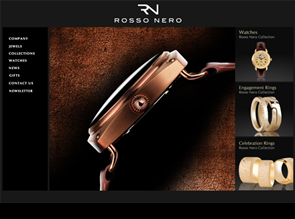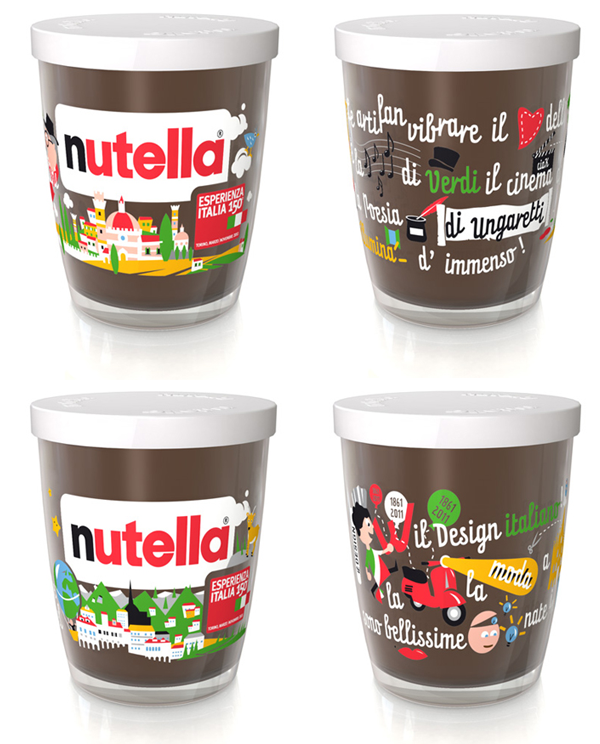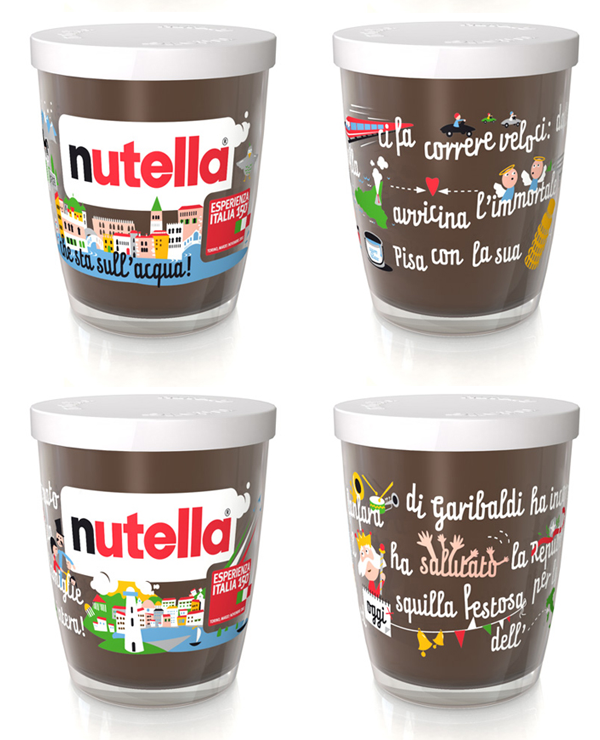This post originally appeared on Mizalla.com

We all want attractive domain names ending with an ideal dot-com extension, but unfortunately it is almost impossible to grab good ones anymore. Unless you’re willing to pay an overpriced amount to an owner who’s keen on selling, chances of registering good domain names with 4 or 5 letters have faded and the good ones have all been purchased. This triggered the creation of senseless names for projects, sites and services. Take for instance Oyogi, Hooka, Zlio, Thoof or Heekya and Oooooc.com.
Shortly afterwards, the internet gave domain name lovers extra and new options. We’ve seen the obsolete .cc, which was supposed to be the alternative of .com, and the idea of .ws as the new “website” extension, but the whole internet was about websites and the suggestion did not make it far. Others thought that .mobi will dominate the mobile world, but this also did not work.
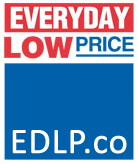 I personally collect domain names. I’ve managed to buy around 75 of them and most are dot-com, dot-info, dot-co, dot-mobi and a handful of European extensions. The .co extension is–if the hype is to believed–the future of the internet and the solution to all the problems that have plagued the current top level domain system.
I personally collect domain names. I’ve managed to buy around 75 of them and most are dot-com, dot-info, dot-co, dot-mobi and a handful of European extensions. The .co extension is–if the hype is to believed–the future of the internet and the solution to all the problems that have plagued the current top level domain system.
Internet marketing gurus from around the world, and mainly the US, suddenly started preaching about that new extension, telling everyone about their chance to grab names they’ve missed from dot-com. I am one of the early adopters who have decided to invest in this, so far I’ve bought 4 dot-co domains, my latest is EDLP.co which stands for every day low prices. I payed a mere $11.95 for it. However, other companies have acquired for much higher figures, e.co was sold for $81,000, o.co for $350,000 and Twitter paid around $500,000 for t.co.

The usage of .co comes as a pleasant surprise in Lebanon. I have spotted companies using the .co extension lately, below are 2 examples, Klynn and Rosso Nero. I am not sure who else is using them, but we’ll have to wait and see as the .co extension is still not very popular in this part of the world.
Some believe that the .co extension will be another failure like all the ones before it, and that registrar companies who are heavily promoting it (take godaddy for instance) will be the only winners. Google has also confirmed that “it will rank .co domains appropriately if the content is globally targeted”. However, there are a few thoughts that come to mind when considering .co domain names. Will this sudden transition confuse the general public? Will they mistake it for a typo? On another note, some people made lots of money out of typos (check my previous post about the .cm scam).
What do you think? Are people being too negative about the new .co domain extension? Have you bought one? If so, how are using it? Let me know.
 It is also worth considering that .CO is the country code top-level domain assigned to the Republic of Colombia. It is administered by .CO Internet S.A.S., a strategic venture formed between Arcelandia S.A. and Neustar Inc. , available to the public as of July 20, 2010.
It is also worth considering that .CO is the country code top-level domain assigned to the Republic of Colombia. It is administered by .CO Internet S.A.S., a strategic venture formed between Arcelandia S.A. and Neustar Inc. , available to the public as of July 20, 2010.
So? What do you think? Are critics being too negative about the new .co domain extension? Have you bought one? If so, how are you using it? Let us know in the comments section below.

 This spring, Mizalla.com invites you to discover the best way to shop that is faster, simpler, and smarter than anything you know. Dozens of local stores with hundreds of your favorite brands will soon be available anytime, anywhere.
This spring, Mizalla.com invites you to discover the best way to shop that is faster, simpler, and smarter than anything you know. Dozens of local stores with hundreds of your favorite brands will soon be available anytime, anywhere.
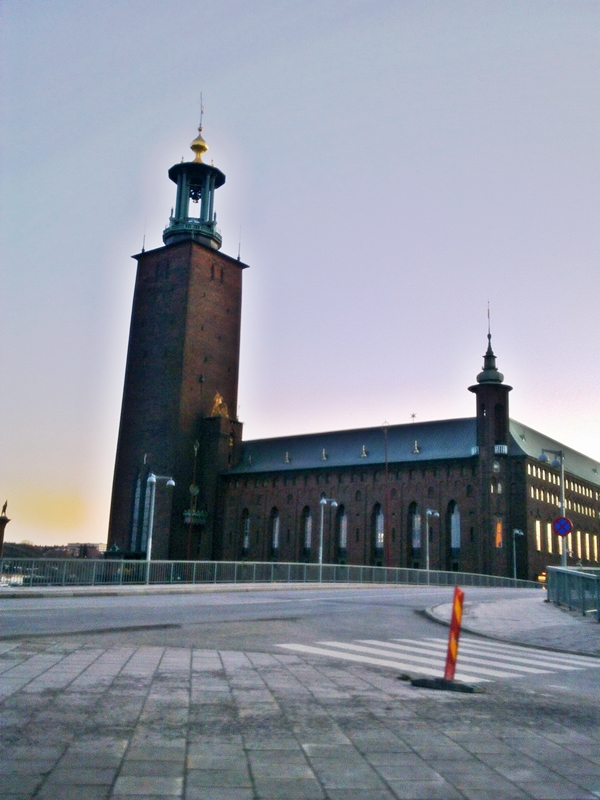

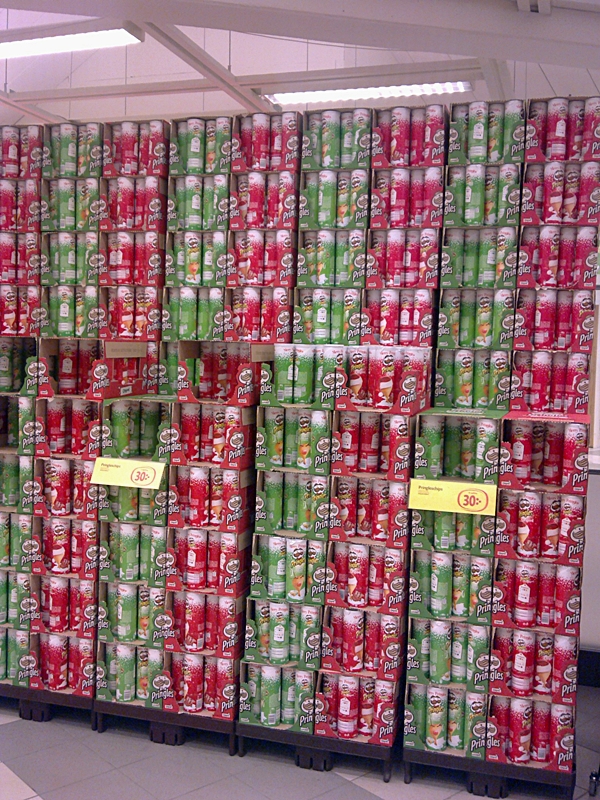
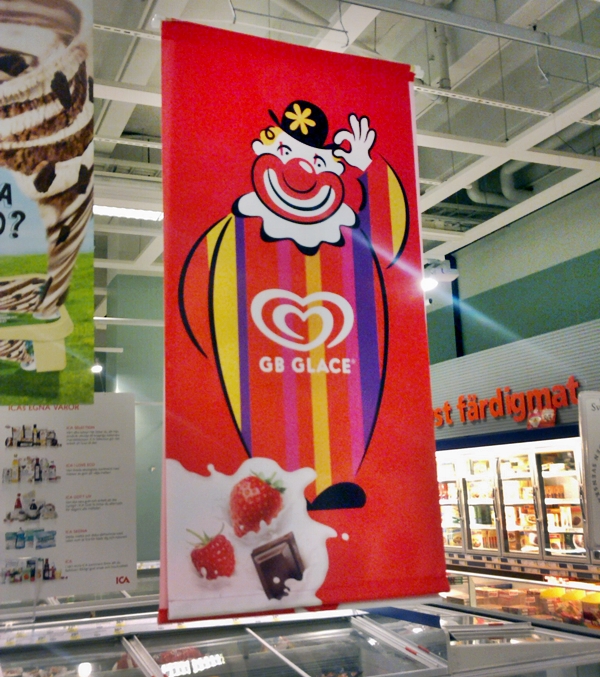
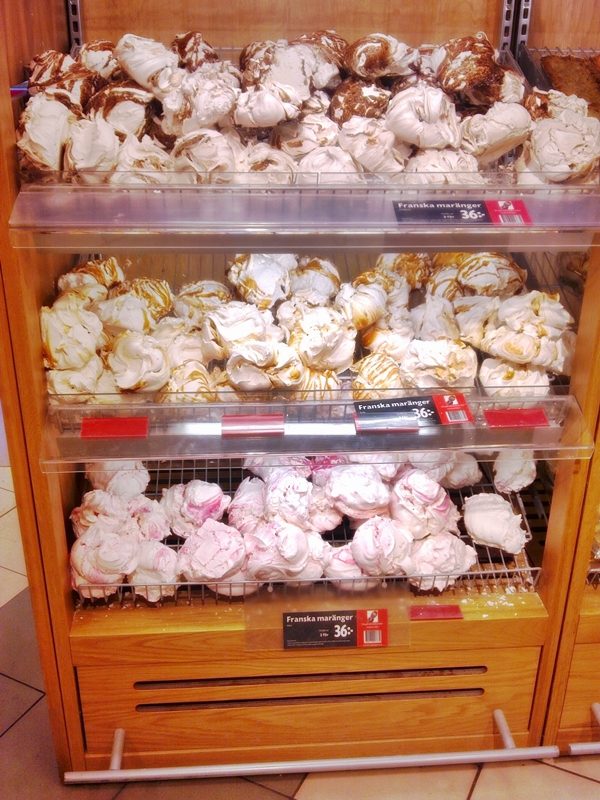
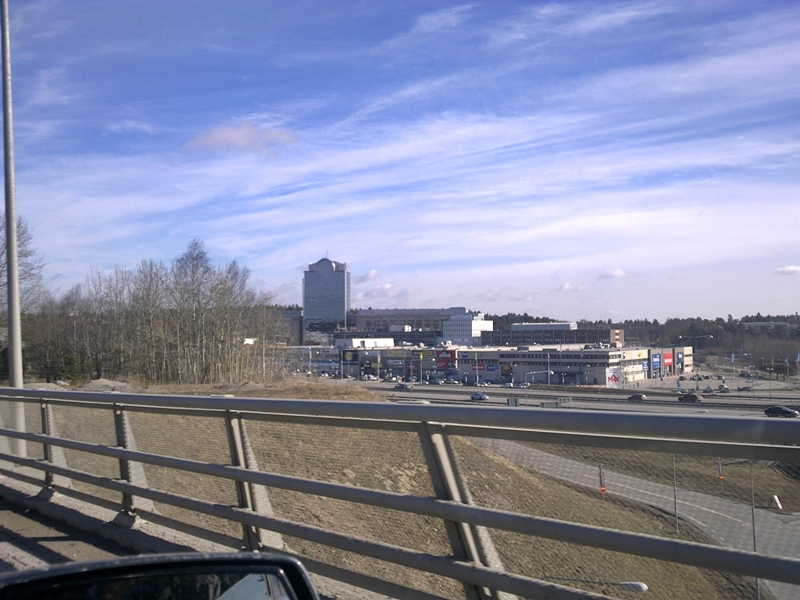

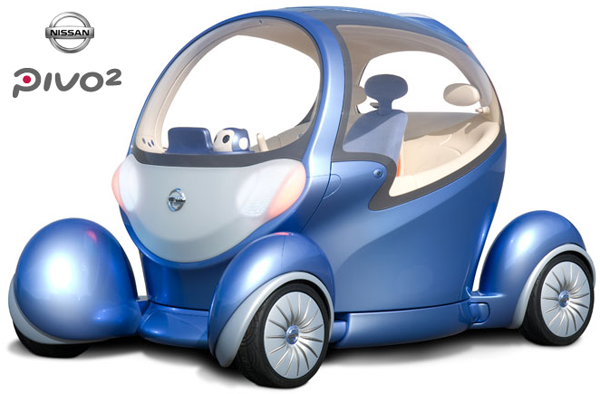

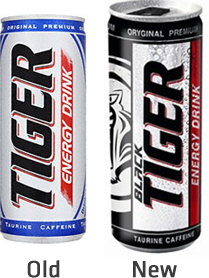 The Polish energy drink is quite interesting with 2 major players, 1 follower and few minor brands. The leader of the market, believe it or not, is not Red Bull.
The Polish energy drink is quite interesting with 2 major players, 1 follower and few minor brands. The leader of the market, believe it or not, is not Red Bull. 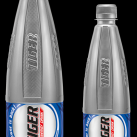

 I personally collect domain names. I’ve managed to buy around 75 of them and most are dot-com, dot-info, dot-co, dot-mobi and a handful of European extensions. The .co extension is–if the hype is to believed–the future of the internet and the solution to all the problems that have plagued the current top level domain system.
I personally collect domain names. I’ve managed to buy around 75 of them and most are dot-com, dot-info, dot-co, dot-mobi and a handful of European extensions. The .co extension is–if the hype is to believed–the future of the internet and the solution to all the problems that have plagued the current top level domain system.

